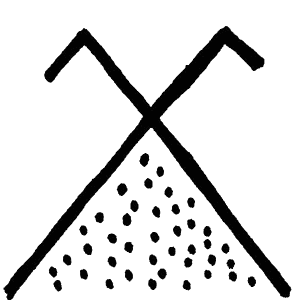
During the Neolithic Period, a lot has happened in Europe. In fact, the Neolithic Revolution brought farming to Europe.
Originally, it did come from Ancient Mesopotamia and the Civilization of the Sumer. And it spread into the Balkans, where the Danube played an essential role in the growing of crops and animal husbandry.
And from the Balkans, it slowly did come into western Europe. The very first farming civilization in western Europe would be the Early Linear Pottery culture, which has an Eastern and Western branch.
Here at the Wicked Griffin, you will find mysterious symbols that are not Runes, but still belong to the ancient history of Europe.
These symbols belong to the Vinca culture and may have been used for ritual and spiritual purpose, rather than being an Alphabet. They may have been an ancient Neolithic Script or they may have been used for both purposes. This is still unknown.
The mysterious early farming cultures of Old Europe surely hold many secrets. This was a long time before the Germanic tribes or the Viking Age. To put it into comparison: The Vikings settled Iceland, Greenland and travelled the seas between the 8th and 11th Century but this culture belongs to the third period of the Stone Age. This period holds a lot of secrets as it developed differently in different Areas but it is an important one as people established first settlements and villages.
They began working on pottery and domesticating animals. The transition from hunting and gathering to farming and the first settlements was a slow, but very important one. Unfortunately, we do not have written sources from this period, thus not much is known about their spiritual beliefs and practice. But we can, of course, participate in the study of it.
It is of course important to understand that many hypothesis and claims are a natural part of trying to grasp their world and spirituality. We do not know the truth ourselves but we’d like to share more information and encourage the study for the ones who feel the inner pull into the history of European Paganism.
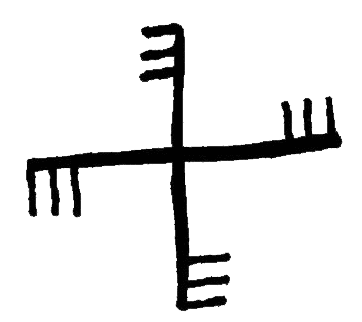
There were various Neolithic cultures in Europe and because of that there was not just one religion or spiritual practice, but there were also cultural differences both in material cultures and social rituals.
The hunters of the Ice Age according to scholars were indeed spiritual but with a stronger focus on the power and strength of animals, their spirits and Ancestors.
Certain animals like Bison, Bears and Mammals were percieved as animals with sacred powers. This is, of course, according to our modern interpretation.
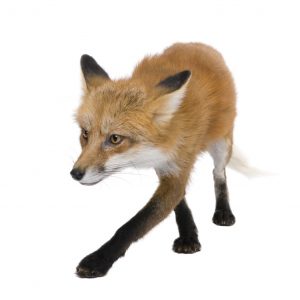
Neolithic Spirituality with shamanic and animistic characteristics does not have a doctrine, nor a book or teaching. It’s more of a way of life where nature as a whole is understood as the giver of all life.
It is not centralized and no one governs over a type of Spirituality that old and ancient. With the rise of Agriculture, it is likely that spiritual practice and rituals have changed as well due to the fact that social life itself has changed.
There were villages, settlements – neolithic huts, people started to settle down and lived off of what they could grow themselves or hunt. It is believed that even during the Paleolithic people crafted figurines that portray a female Goddess, the so called Venus figurines.
During the Neolithic, people began to put more emphasis on her fertile powers – because her fertility could be found in the soil, in the rain, in water like the Danube and she made crops grow and provided food for this new way of life.
Such figurines were also found in the Balkans and near archaeological sites of the Vinča culture like the Lady of Vinča from Vinča-Belo Brdo in Serbia, but not all of them were female and in many cases, the gender could not be determined.
The spiritual practice during the Neolithic was most likely different in different Areas, but if this is true then we can clearly see that people had animistic beliefs, where nature itself was divine, sacred and powerful.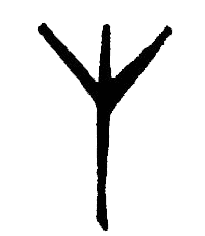 The divine spirit can be found right here and pulsates through everything. In shamanic traditions, the shaman can communicate with these powerful spirits and negotiate between this world and their worlds.
The divine spirit can be found right here and pulsates through everything. In shamanic traditions, the shaman can communicate with these powerful spirits and negotiate between this world and their worlds.
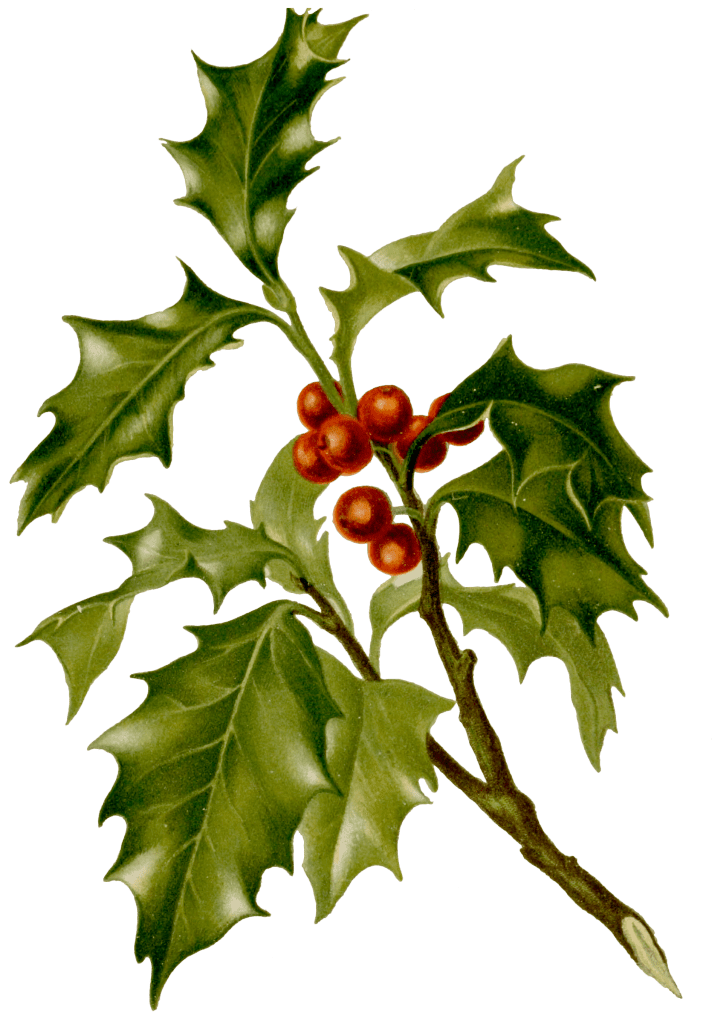
Holly/Holunderbaum = Frau Holle
What we have today are mainly archaeological artifacts like tools, copper items. Some scholars have stated that this is where many Myths of a supreme Mother Goddess might stem from.

Whenever we can find shamanic elements in European Myths, whether they are of Norse-Germanic, Celtic, Italic, Slavic origin, we come closer to the ancient origins of “Paganism”. These beliefs are older than all of them.
Odin clearly has shamanic elements, Yggdrasil as an Axis Mundi as well and so does the two-faced Myth of Frau Holle in Germany, the old Grandmother Holda.
We will find many Myths that revolve around deities connected to the land, forest and fertility. The norse Thor who derives from the Proto-Indo-European Perkunos was a protective God of the people, of rain and agriculture. The ancient Mater Terra, “Mother Earth” in Roman Paganism, Durga and Maha Kali in Hindu Mythology and many more examples. They are connected to nature, natural phenomena and nature’s powers.
Anthropologists like Dr. Christian Rätsch from the University of Hamburg, Germany have stated that the norse Freya as well as the Germanic Holda/Hulda (Bavarian “Berchta”) might as well go back to a Neolithic fertility Goddess. This is of course difficult to prove. We know today that Freya is indeed of Proto-Indo-European origin and can be reconstructed as the Goddess of Dawn Pria. Ostara is, as the name suggests, a Goddess “from the East”, Esotre (“Osten” in High German). They all personalize the female divinity and fertile Aspect of nature.
Trying to understand the roots of European Pagan beliefs is very difficult. But we can clearly see, that we must go far back in time in order to grasp the spiritual nature of European myths. We can not be stuck in one period or Age.
The burial practice of the Dead has also changed during the Neolithic. The dead were buried with tools, jewelry and pottery and they may have been buried with Funeral masks or so called Spirit masks. Such finds have been uncovered in Greece as is the case with “the Mask of Agamemmon” and the eerie 12 stone masks found in the Judean Desert that are 9 000 years old.
Masks like that have been used by Shamans around the world. Such masks in general are associated with Ancestor worship when used in ancient rituals. In Bavaria, I’ve personally attended traditions like the Perchten- und Krampuslauf or the Allemanic Klausentreiben, where Masks symbolize the spirits of the land – in this case, the spirits of Berchta and her Army of Spirits, lead by Wotan, in order to banish darkness and winter within nature and us. Surely, we can speculate about the Age of these traditions. But the shamanic element to them can not be so easily ignored. Please click the link below in order to read about Neolithic Spirit Masks.




